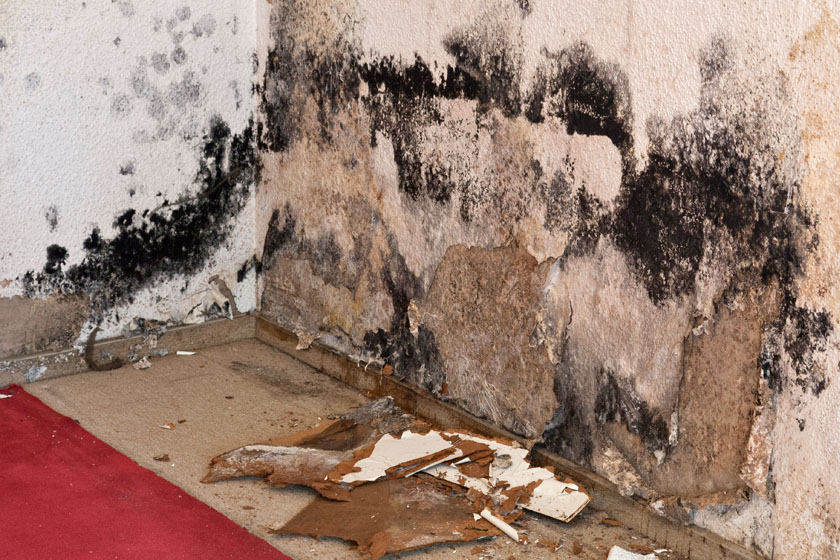Sitting down and writing this article, I’m reminded of Roseanne Roseannadanna (aka Gilda Radner) from the TV show “Saturday Night Live” in the late 70’s.
I think she would say something like “What’s all this talk about Toxic Mold?” – go on a rant, and then after hearing the explanation from someone that toxic mold wasn’t really a problem, would smile and curtly say, “Oh…never mind!”
That’s the way I feel about the phrase “toxic mold,” but unfortunately all too often those words keep creeping back into my workday discussions.
Customers ask me about it, scared that they are going to be exposed to “dangerous” molds.
Lesser consultants (usually Certified Mold Consultants) often mention “toxic mold” in their reports. It’s all over the internet and sometimes the TV news.
Why do I scoff at this?
It’s because science doesn’t support that mold toxins are an airborne hazard. Although there are several mold species that create toxins, peer-reviewed studies and reputable journal articles have repeatedly stated that humans aren’t going to get exposed to enough of a dose of airborne mold toxins to cause a health problem.
Note I said “peer reviewed.” This means that studies or articles that have been written on this topic have received a scientific review. Usually this is associated with University or Agency studies that are published in scientific journals. For instance, the American Medical Association Journal and the Industrial Hygiene Association Journal are peer-reviewed for scientific accuracy.
Reader’s Digest, the Ladies Home Journal, People magazine, and Time are not. When having science discussions, the best bet is to trust the former, and keep a jaundiced eye on the latter. Also – anybody can post anything they want on the Internet for all the world to see.
But back to mold toxins. When you’re talking about toxicology, dose is critical.
While there are published case history of people and livestock becoming seriously ill or dying after eating moldy foodstuff, this is different from airborne exposure. The upshot is, you’d have to inhale a ridiculously massive amount of airborne mold spores (on the order of millions of spores) in order to get a significant dose of mold toxins.
I could go into a lot more technical reasons why mold toxins are not a real health risk, but I’ll save it for another day.
A fact sheet published last year by the National Toxicology Program (of the National Institutes of Health) reinforced that mold can cause a variety of respiratory problems, but at this point, is still not considered to be an airborne toxic hazard.
Expert witness standards nowadays don’t allow lawsuit plaintiffs to claim that they had “toxic mold” exposure anymore because the science isn’t robust enough to pass scrutiny.
So why do people still use the phrase “toxic mold?” My belief is that it is nothing more than a scare tactic to sell more – or more expensive – mold inspections, mold samples, and mold remediation projects – and unfortunately the public doesn’t know any better. The horse has already been let out of the barn.
Toxic mold threats are now an urban myth. In my mind, an inspector or remediator causing worry by bringing up allegedly “toxic mold” is not only scientifically inaccurate, it’s unnecessary and unethical. Remember, even if mold is not “toxic,” it’s still a property detriment, plus potentially a respiratory hazard, especially if you have allergies or asthma. There’s no scientific disagreement on this last point.
The need to remediate mold does not depend on its type; all mold species get remediated the same way. In property transactions all types of mold problems (and water damage) past or present must be disclosed. The same mold spores that can create toxins are in the background air every day, so if we are constantly being exposed to them, it’s pretty hard to call them “dangerous.”
So at the end of the day, it makes little difference whether you have one of the “toxic” species of mold or not. Just don’t eat the mold though…that could lead to a serious toxic problem.






